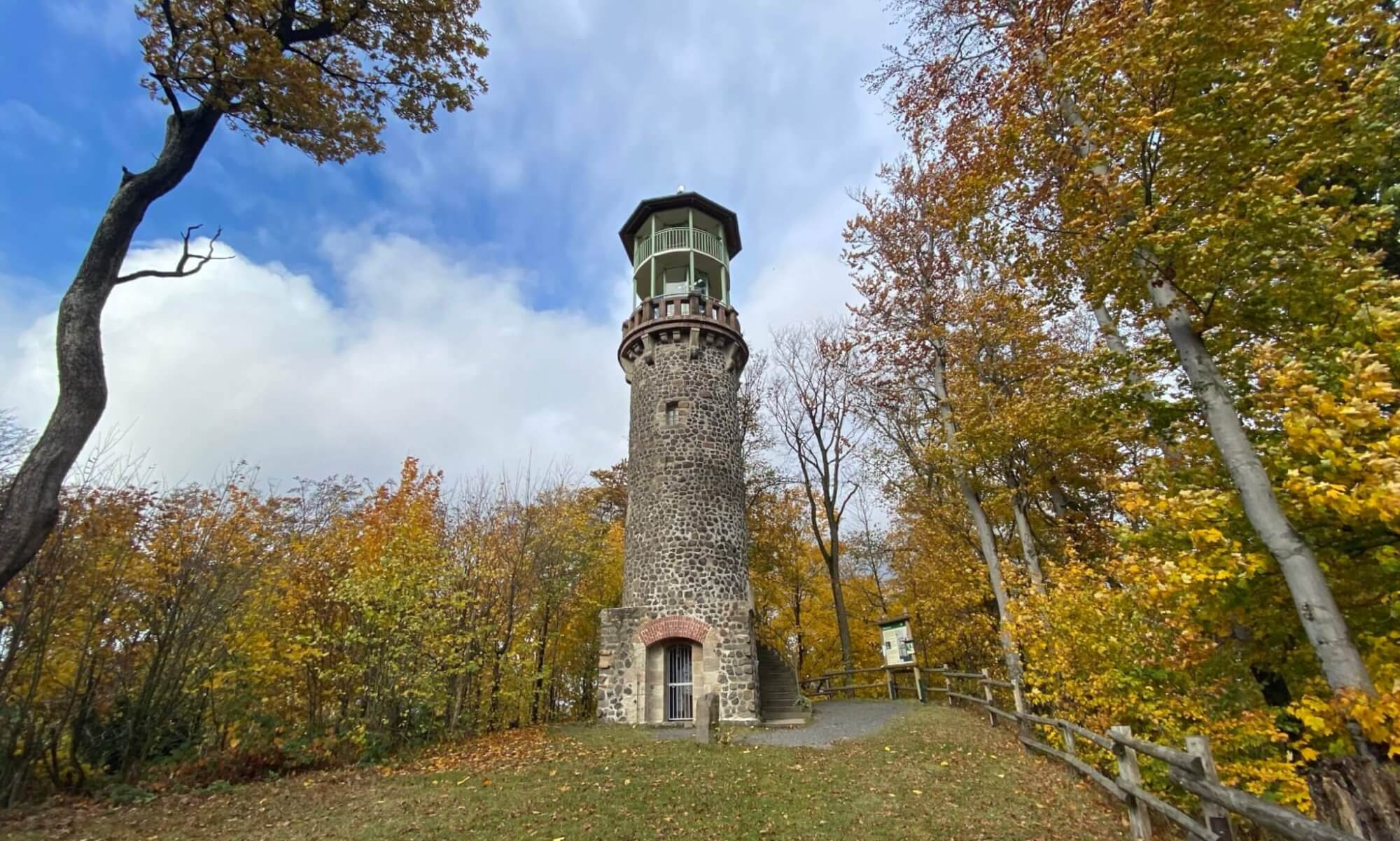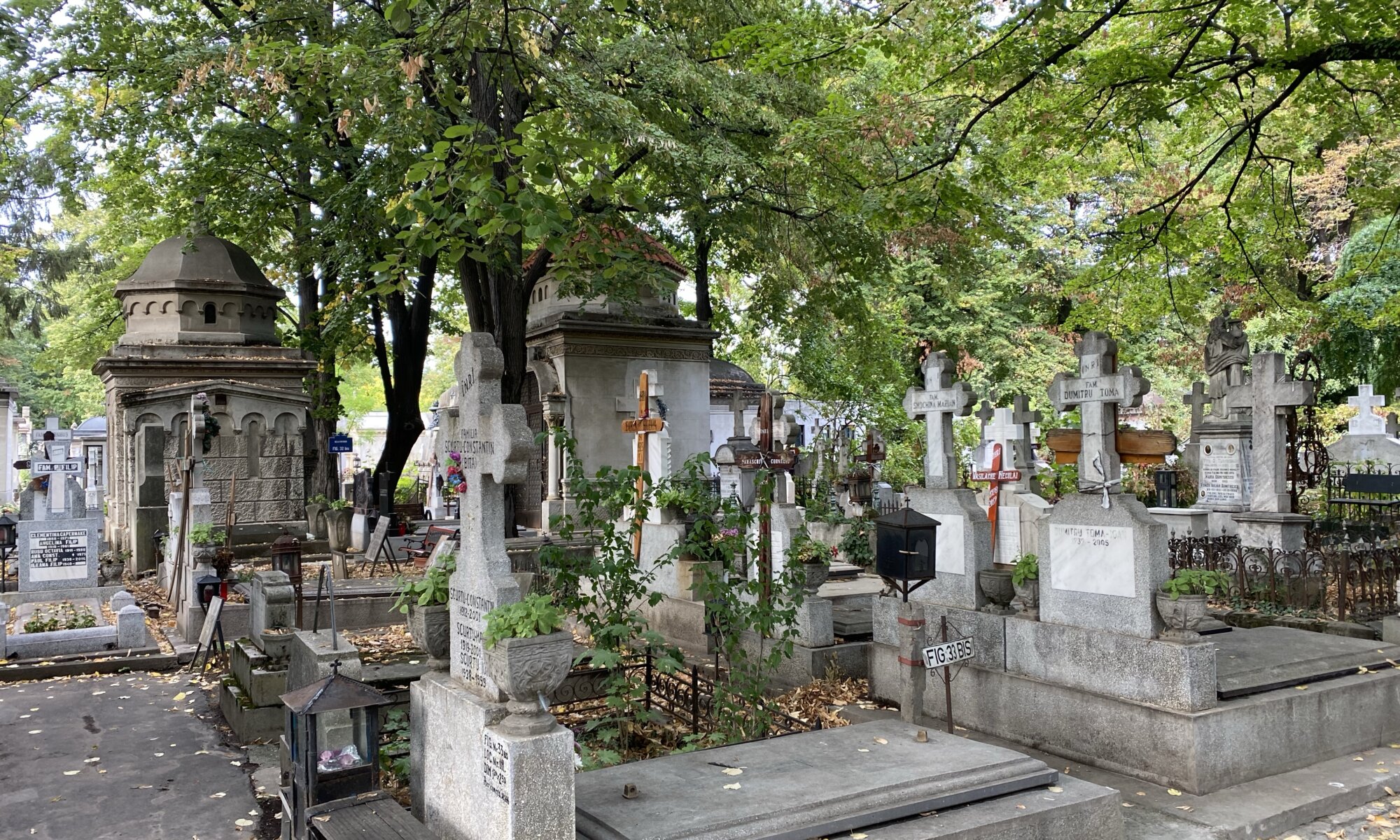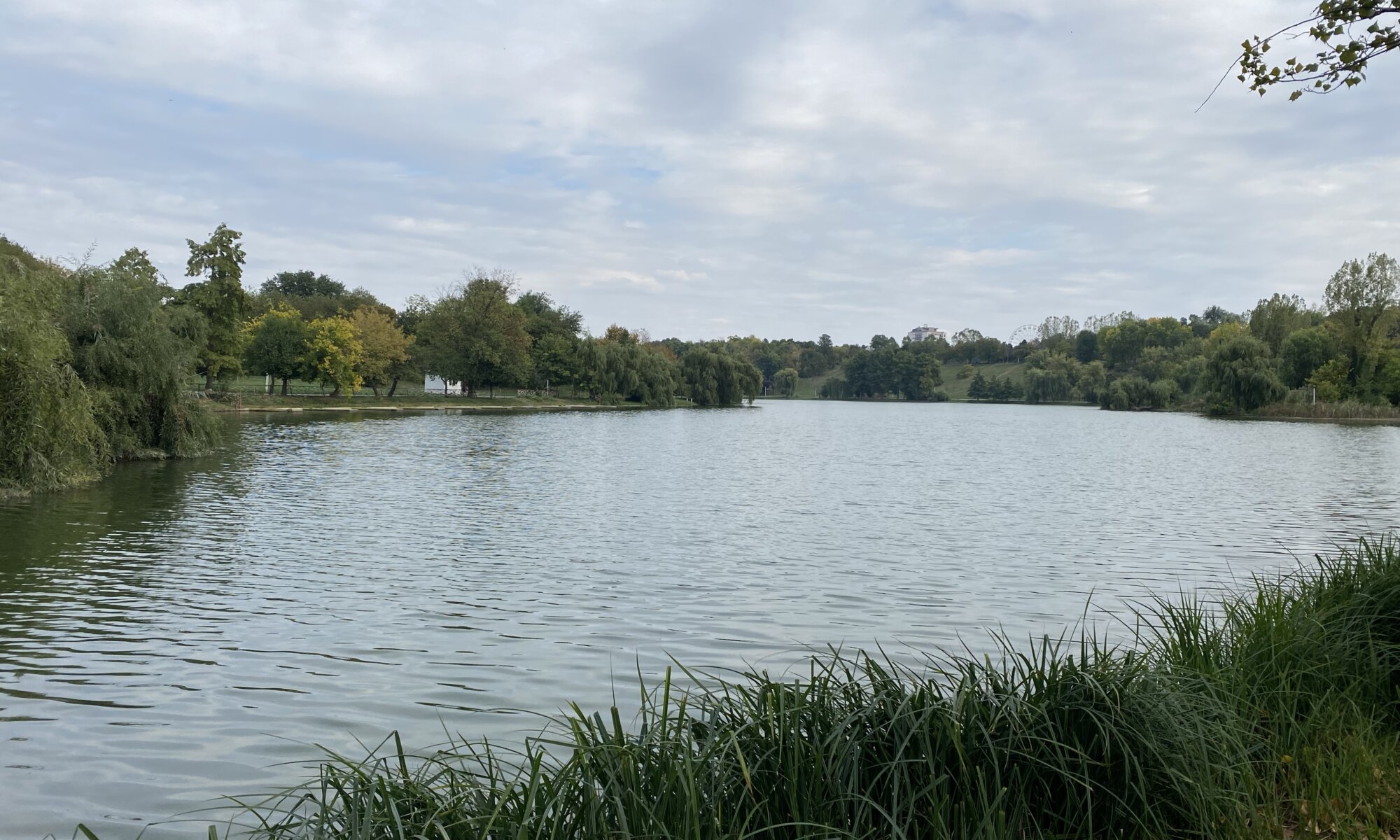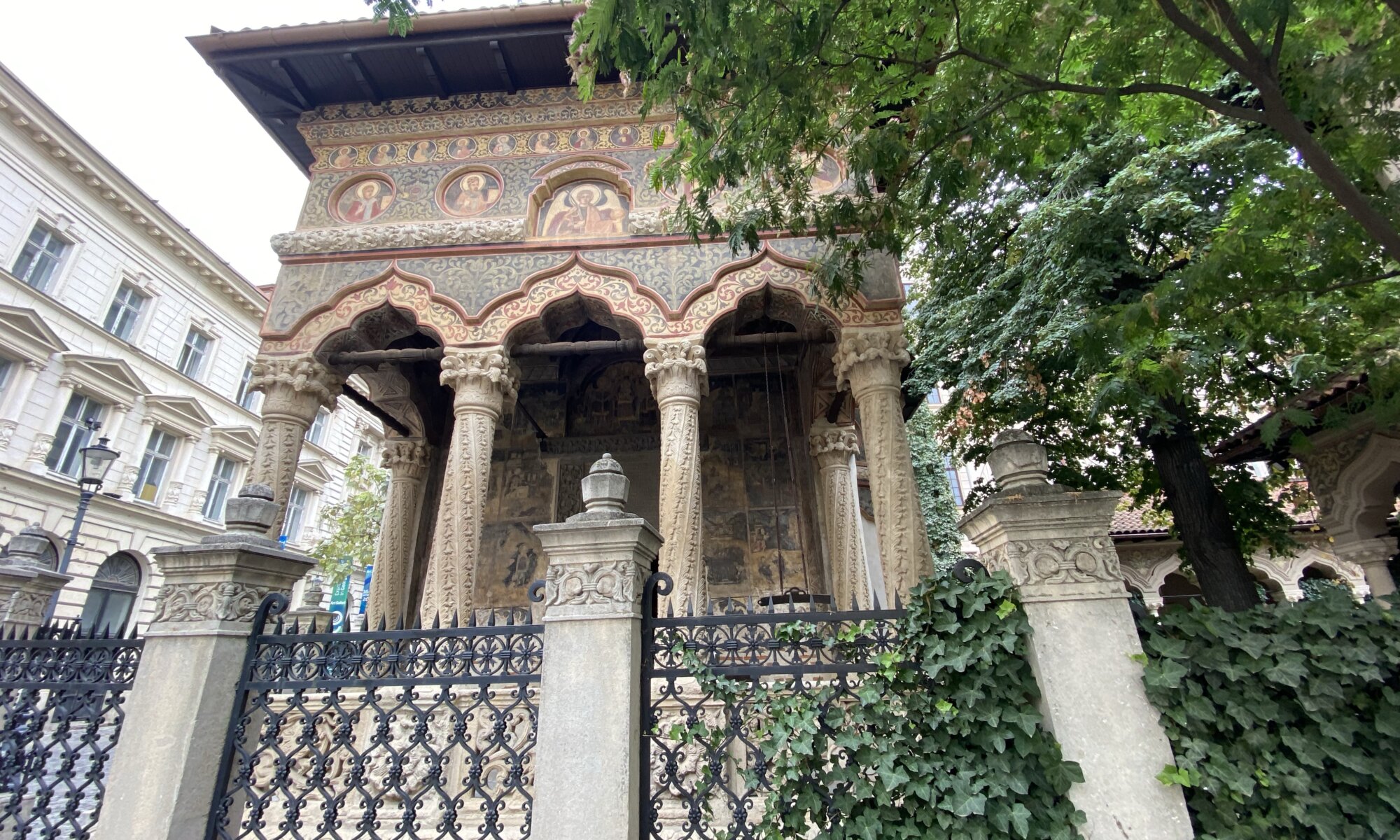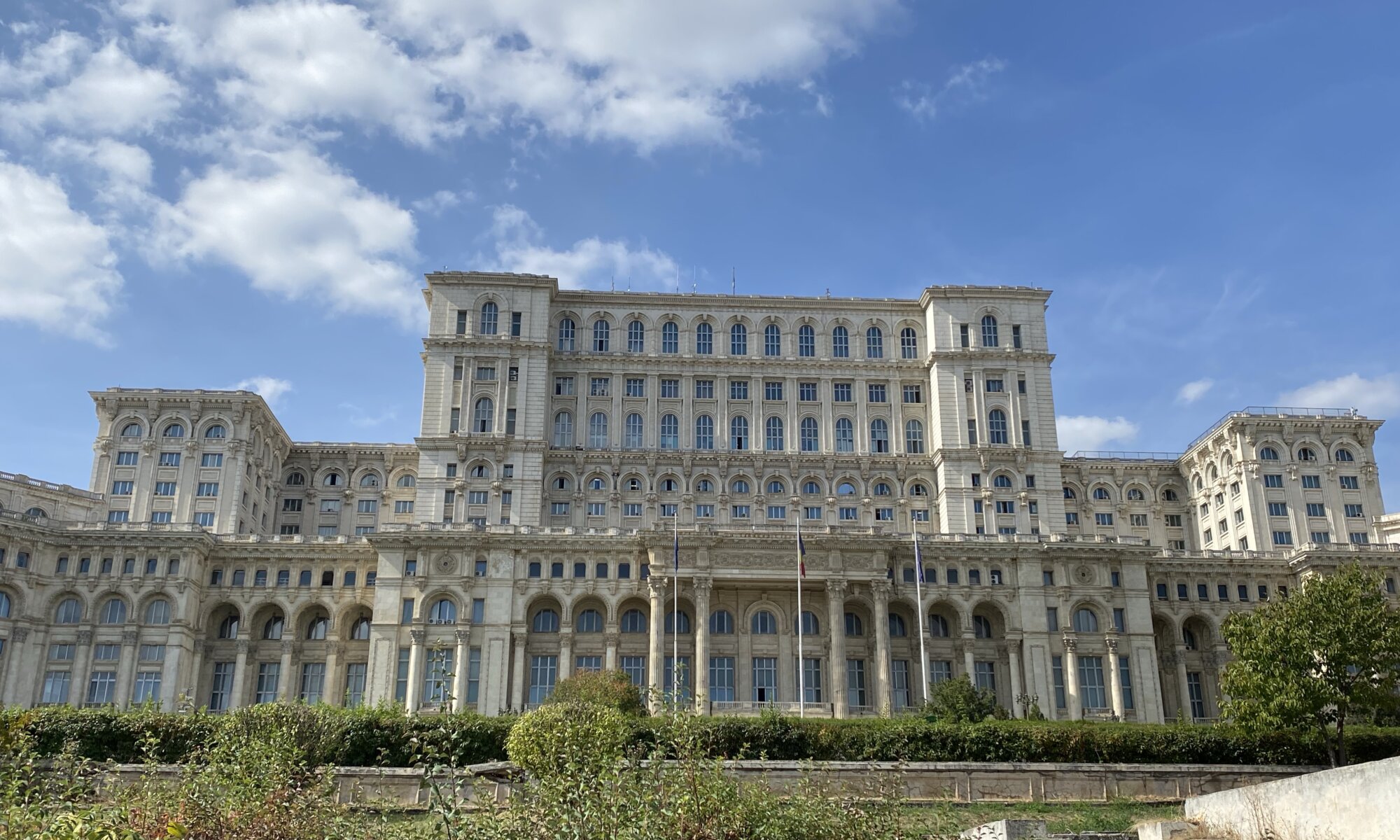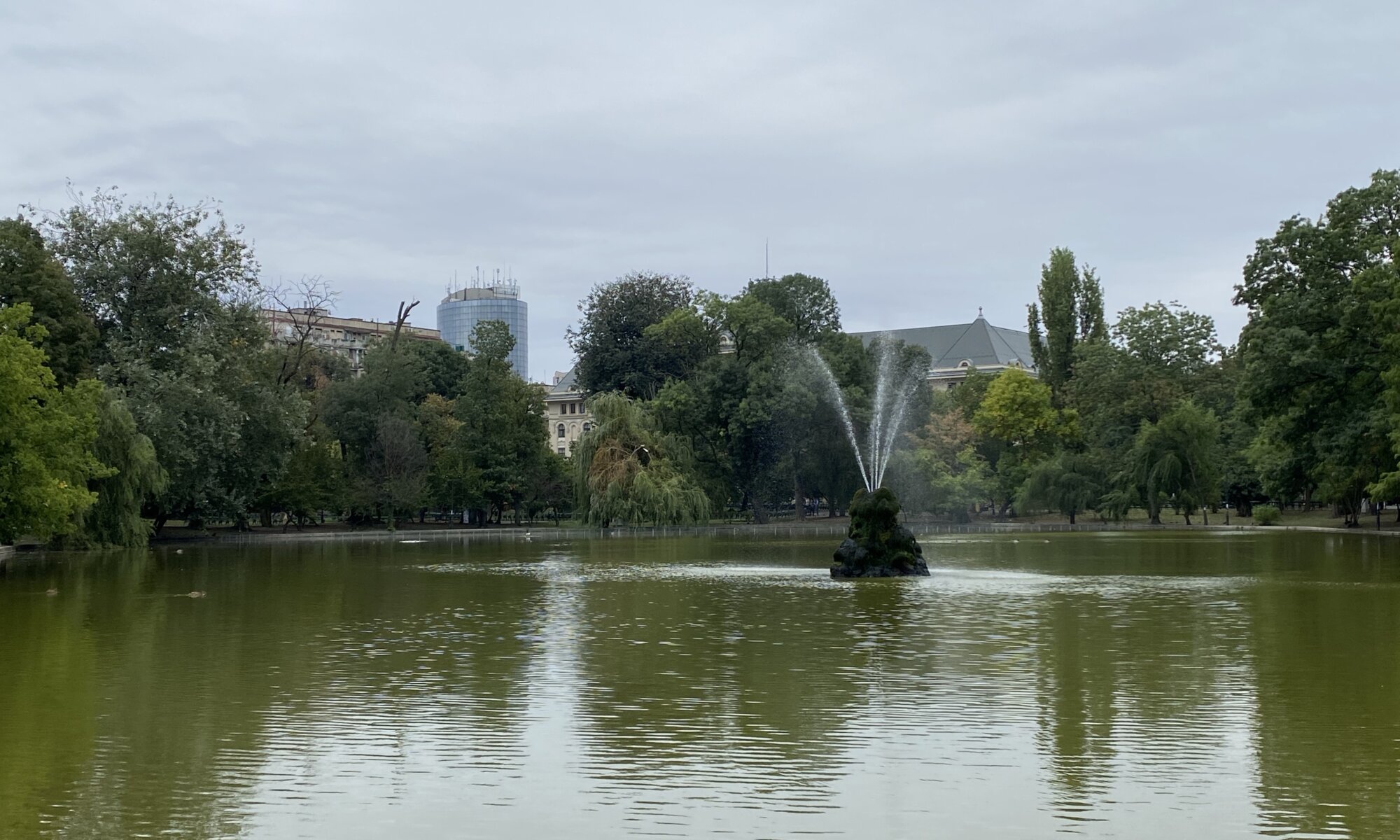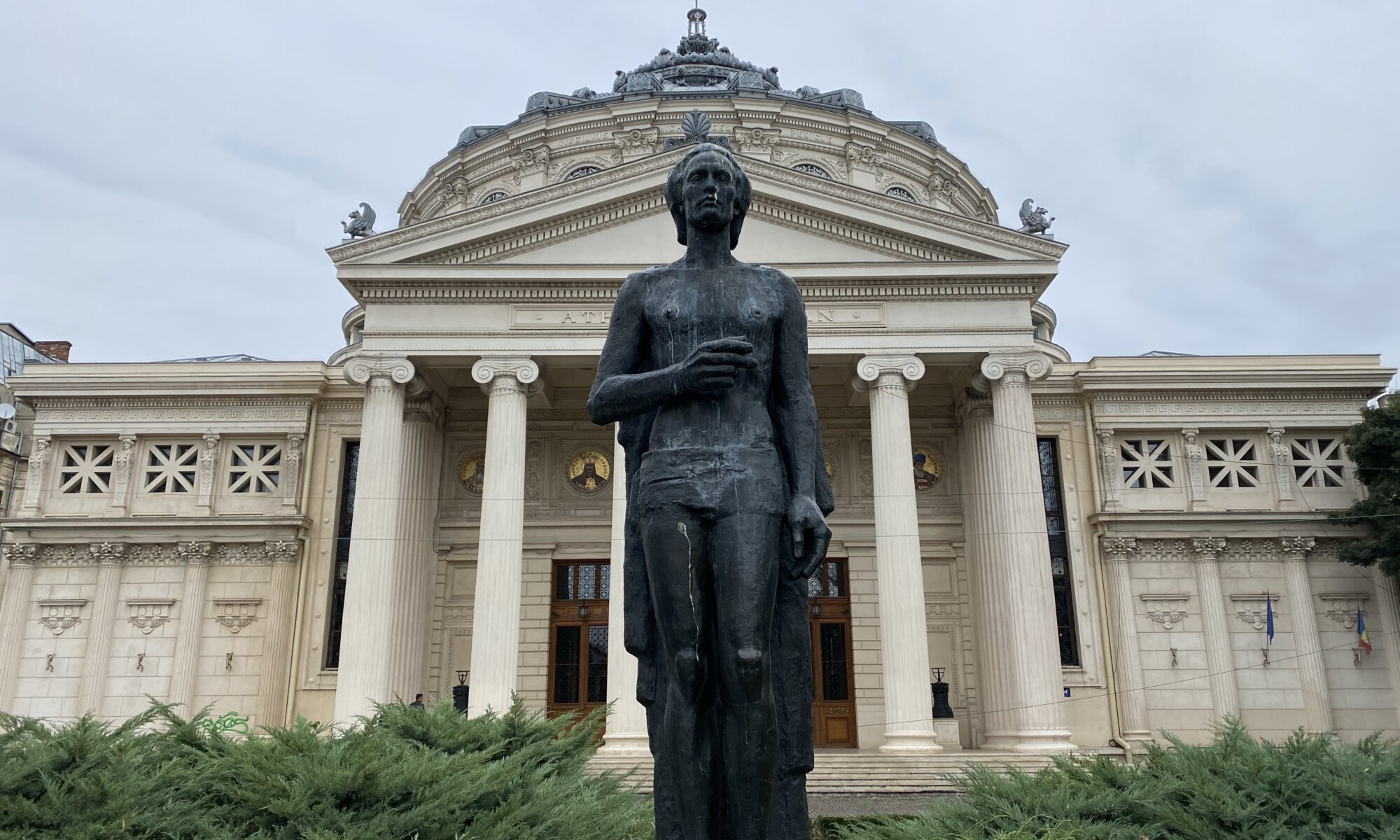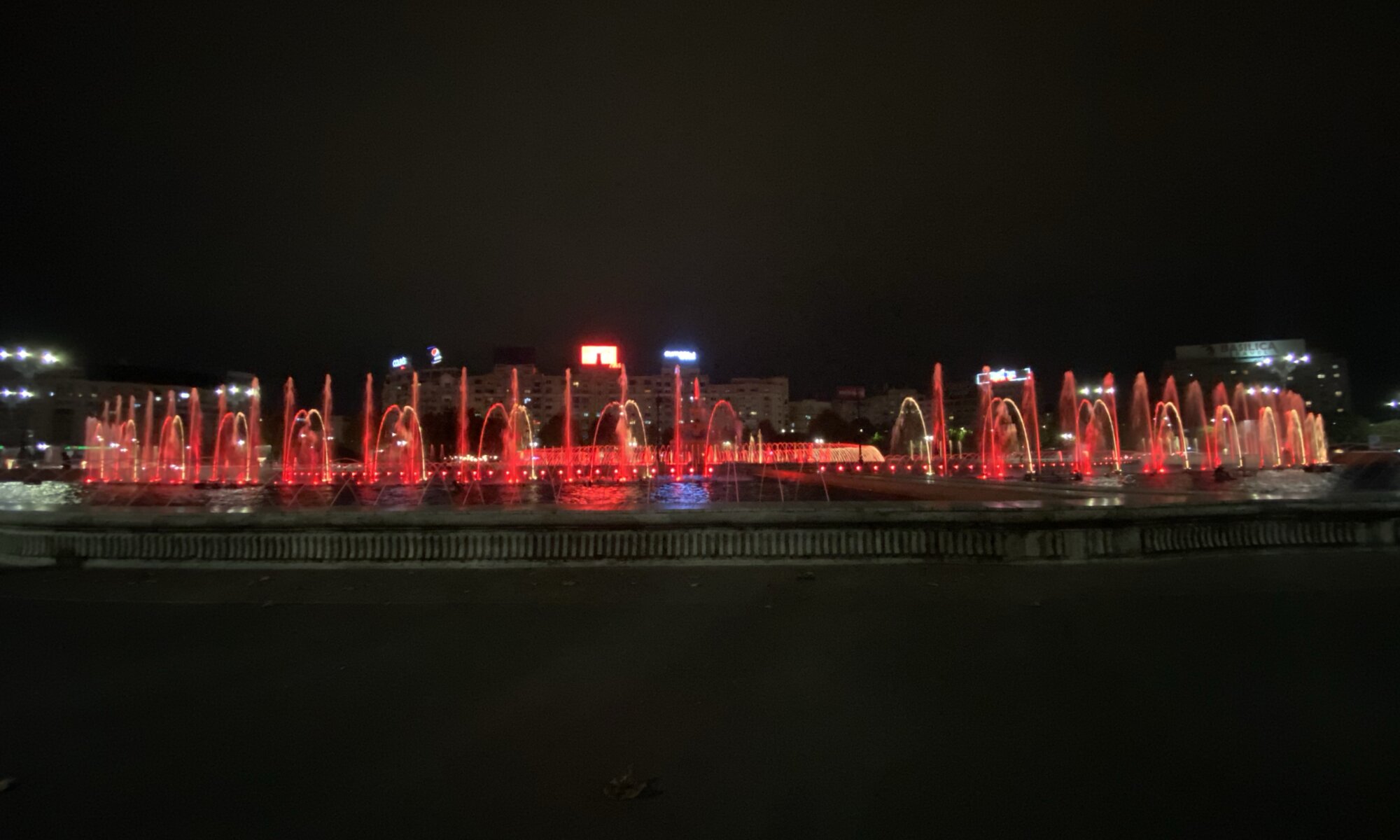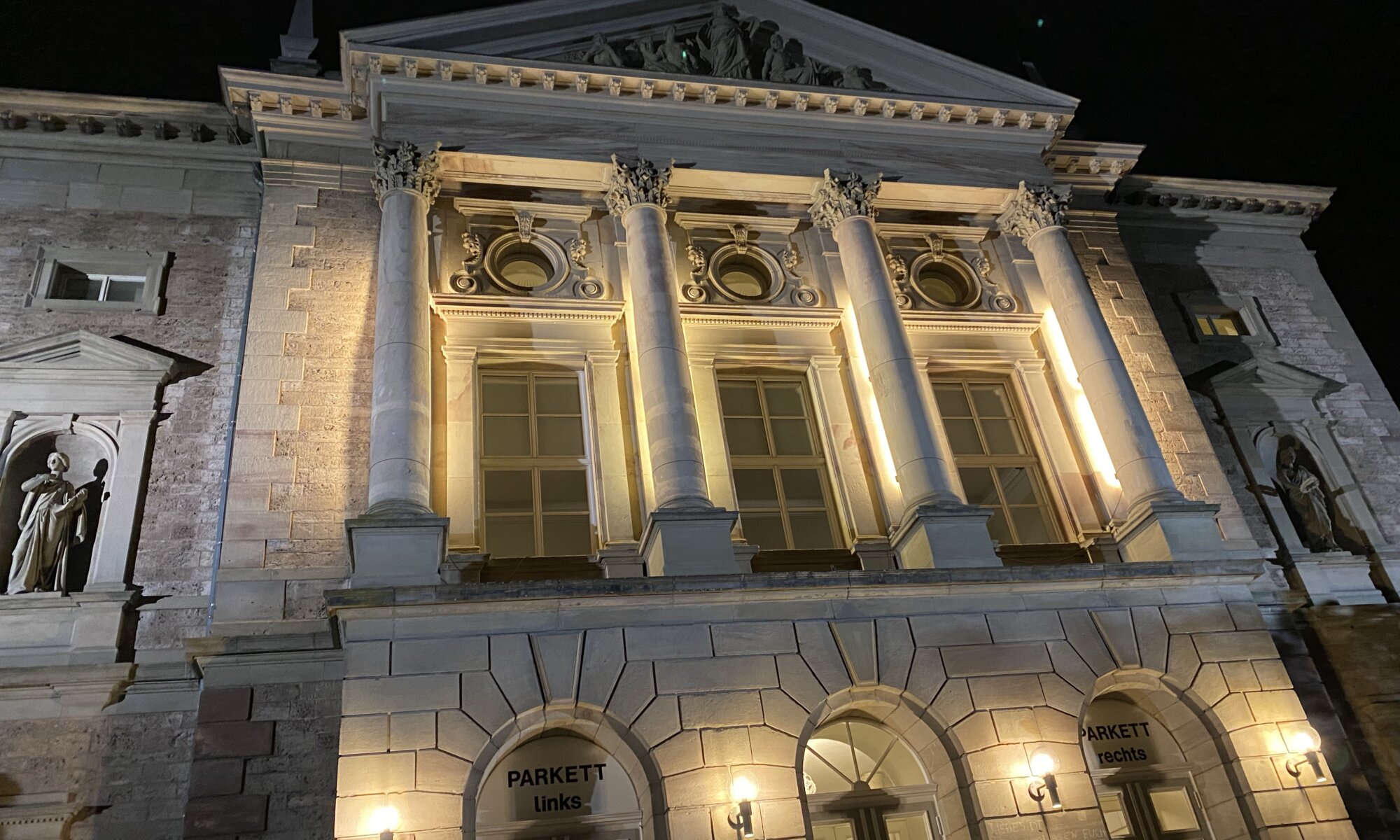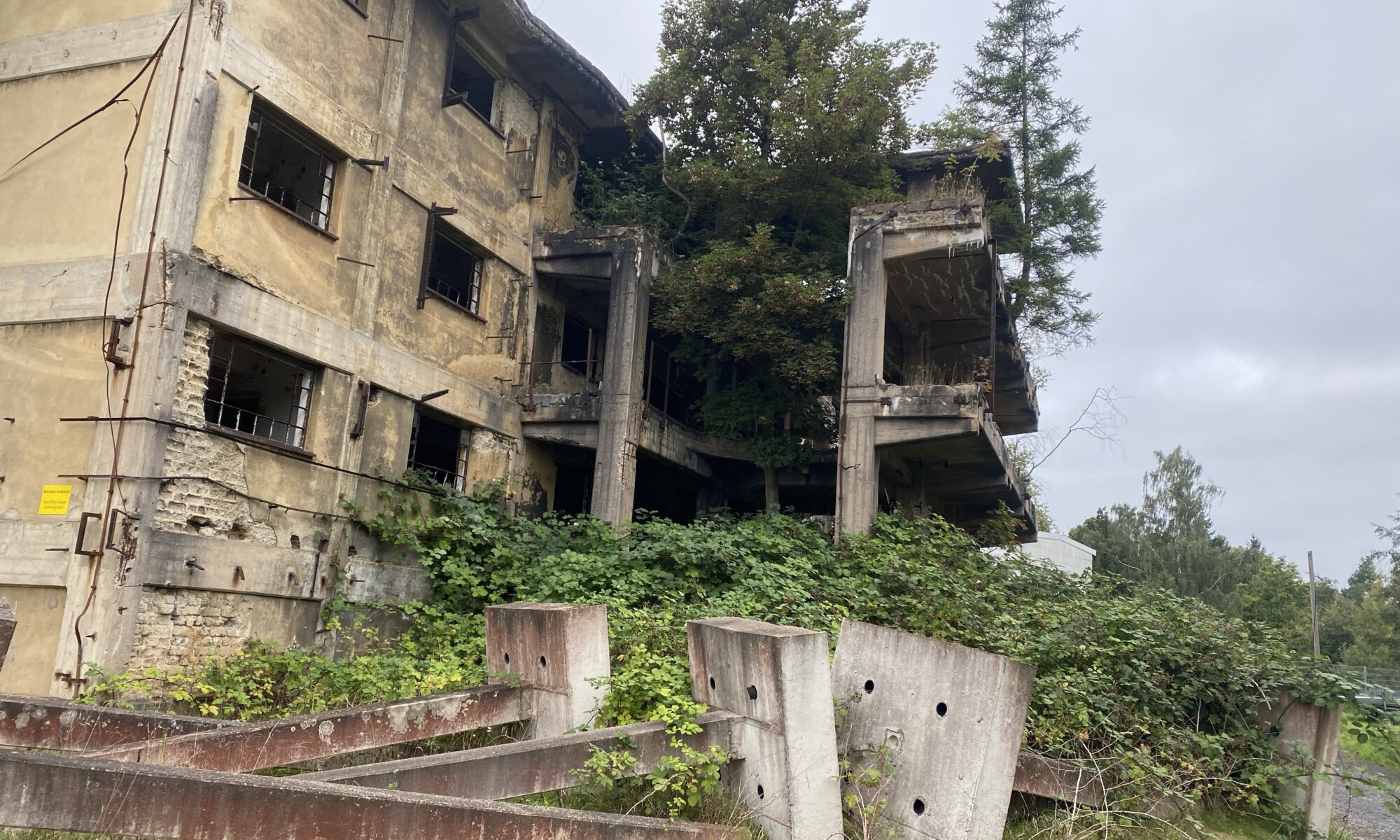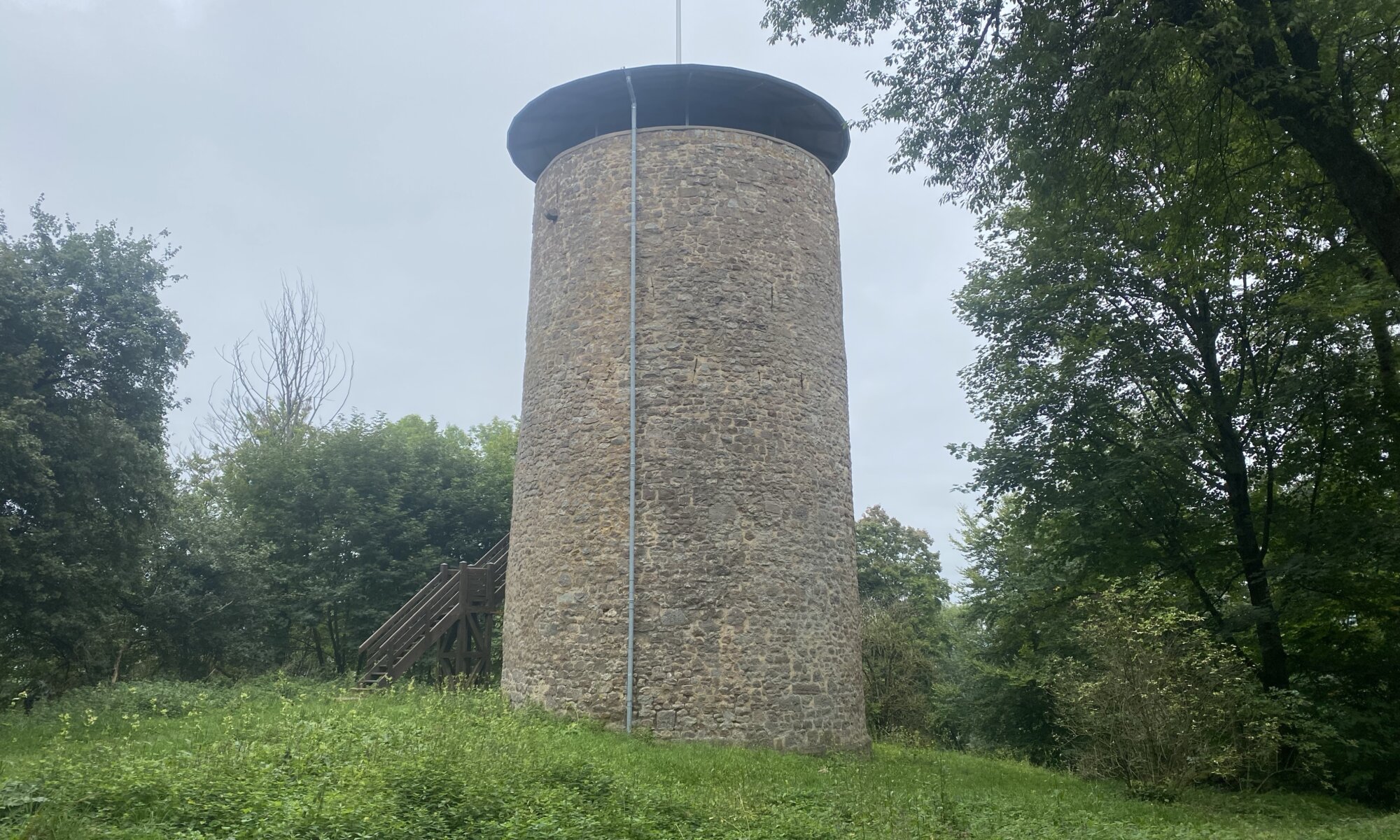Burial traditions vary across the world very much, even within religions. Having a look on local cemeteries is therefore always interesting. But if you visit the biggest cemetery of București, the Cimitirul Șerban Vodă, you might get a wrong picture: until the 1970s the cemetery was reserved for ‘important’ people and is therefore seen as the national pantheon of Romania.
Continue reading “Cimitirul Șerban Vodă”Tineretului park
Vast, that’s the best word describing the Parcul Tineretului, the youth’s park. 94 hectares of land have been dedicated to being the main recreational space of the capital city. It was opened in 1974 and an impressive boulevard for pedestrians lead you into the green starting in the north at the metro stop Tineretului.
Continue reading “Tineretului park”Stavropoleos monastery
The Biserica Mănăstirii Stavropoleos is a magical place in the city center of București. It is a Romanian-orthodox cloister in Brâncovenesc style standing between the more modern buildings of the old town. It was built by a Greek monk in 1724 and is beautifully decorated on the inside, but also outside around the tiny door.
Continue reading “Stavropoleos monastery”Palatul Parlamentului
The palace of parliament is one of the biggest buildings in the world by space. It was built between 1983 and 1989 by order of the dictator Nicolae Ceaușescu. To create it historical buildings containing 40,000 flats and a dozen churches were destroyed. The building costs were around 40 % of the gross national income of the country.
Continue reading “Palatul Parlamentului”Grădina Cișmigiu
If you need to withdraw from the hustle and bustle of the city for a while, the Grădina Cișmigiu might be your place of choice. It was the first garden created in București (in 1860) and includes a long-stretched lake and a lot of alleys to walk through. The trees have been partially imported from Vienna by the German garden engineer who designed this oasis.
Continue reading “Grădina Cișmigiu”Ateneul Român
The capital city of Romania is full of ancient buildings that are beautifully illuminated at night. One of these is the Romanian Athenaeum, a concert hall built between 1885 and 1888 by a French architect. It is one of the most important concert halls in Europe an seat of the philharmonic orchestra of București.
Continue reading “Ateneul Român”Piața Unirii
The union square is one of the biggest places at București, Romania. It breathes the spirit of socialist times and was in former times a giant marketplace. People from all of Walachia came here to sell their goods. A reminder of these times is the restaurant Hanu’ lui Manuc north of the square where foreigners could eat and rent a room. Still today a lot of shopping malls are surrounding the Piața Unirii.
Continue reading “Piața Unirii”Since 1890
It is one of the most representative buildings of Göttingen, Germany: The Deutsches Theater (DT). After the old theatre building at the Wilhelmsplatz burned down in 1887 this new house was built in Italian Renaissance style and opened in 1890. On the roof a winged Thalia (as the goddess of poetry and comedy) takes care of the theatre.
Continue reading “Since 1890”Endless ferroconcrete
When the Nazis took over power at Germany in 1933 they immediately prepared for war. Ammunition production was restricted by the treaty of Versailles and therefor they requested the German industry to create factories in rural areas that should be ready to be activated in case of war. One of these was the Sprengstofffabrik Hirschhagen (explosives factory) or Munitionsfabrik Hirschhagen (ammunition factory) of Hessisch Lichtenau.
Continue reading “Endless ferroconcrete”Burgruine Reichenbach
A steep ascent from Retterode (Hessisch Lichtenau), a lengthy line of steps in the forest, a gap in a circular rampart and then you see it: the castle keep of the Burgruine Reichenbach. It was built in the middle of the 11th century CE and was important in the past as it is close to the border between the states of Hesse and Thuringia.
Continue reading “Burgruine Reichenbach”